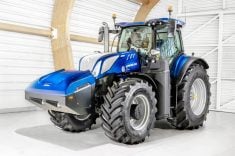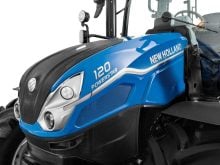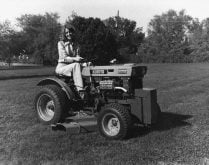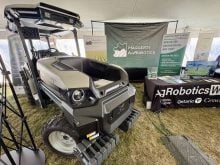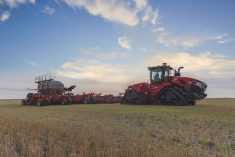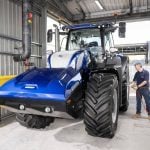Major brands in the auto and machinery sectors are putting emphasis on development of alternative fuel engines.
While battery electric is seen as a contender in the passenger car and low-horsepower-equipment segment, other fuels will be needed to replace gasoline and diesel for large vehicles and equipment. And some brands, such as Toyota, are looking at hydrogen power for small vehicles instead of battery electric.
Cummins announced last fall that it’s working with Versatile to develop a 15-litre hydrogen-fuelled high-horsepower engine. It’s also working with Chrysler to convert its smaller 6.7-litre engine to hydrogen in the Ram truck line.
Read Also
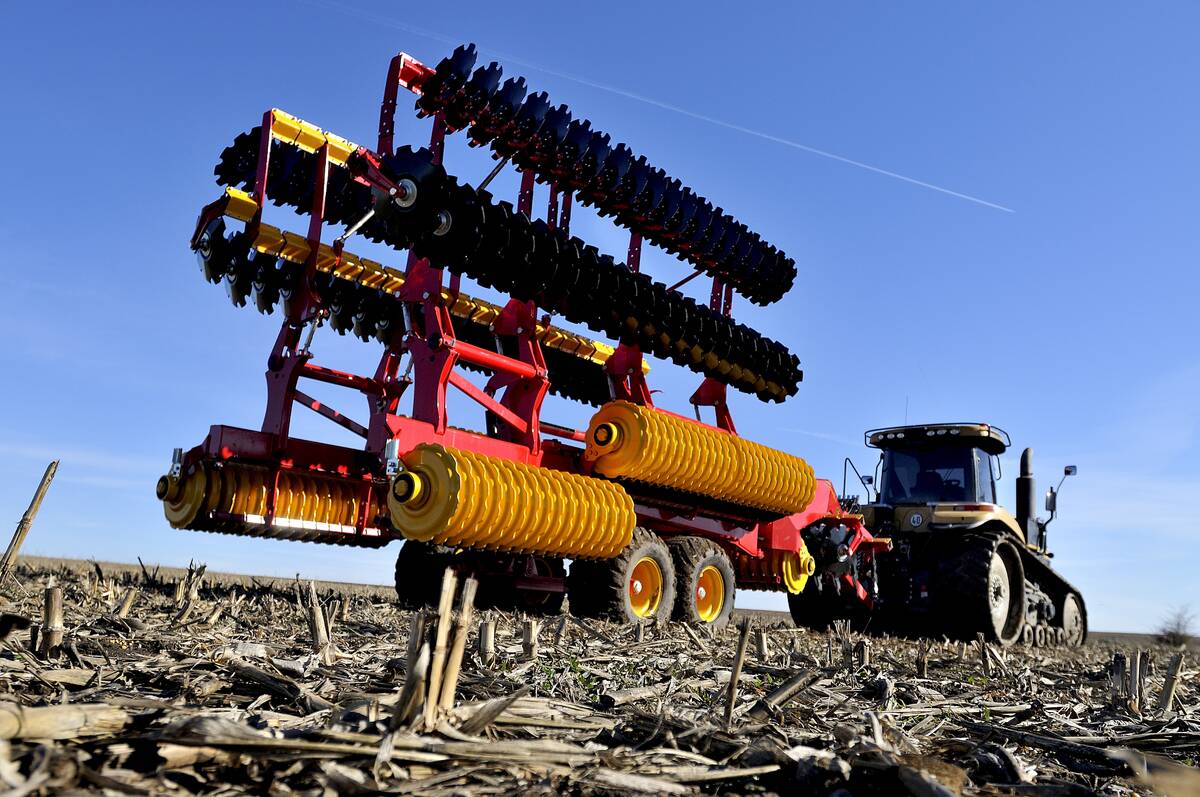
Evolution of European equipment manufacturers runs deep
A look at how Lemken and Väderstad have evolved from their traditional offerings of tillage equipment to include planting and seeding equipment in their lineups.
Recently, New Holland announced it has hit the market with a 180-horsepower T6 tractor designed to run on methane, a fuel that can be produced from farm waste. The T6 can also run on compressed natural gas (CNG).
Developing a replacement for diesel allows manufacturers to keep the advantages of the internal combustion engine technology, which has been evolving for more than a century. At the same time, they can significantly reduce or eliminate greenhouse gas emissions to meet ever-stricter environmental regulations.
“The beauty of these alternative fuels as a whole is you can actually take advantage of the ICE engine and the hundred years of technology that has been put into it,” said Marc Kermisch, CNH’s chief digital information officer and interim chief technology and quality officer.
“It allows us to maintain a fleet that the farmer already owns. So there may be some retrofit capabilities if we convert them over. And it also allows for those missions that require that high horsepower.
“If you think about a combine that has to run 18 hours a day, we can solve that problem with reduced emissions impact much faster than it is for electric technology to catch up to that large format.”
The 6.7-litre engine in New Holland’s T6.180 Methane was developed specifically for ag applications by New Holland’s sister company, engine manufacturer FPT Industrial.
The company claims there is no reduction in power output from the engine compared with diesel, but there is a potential cost savings of up to 30 per cent. It emits 98 per cent fewer particle emissions and 10 to 15 per cent less carbon dioxide.
Emissions after treatment for the 6.7-litre engine consists of what the company describes as a “simple, maintenance-free, three-way catalyst … eliminating the need for exhaust gas recirculation and selective catalytic reduction components, as well as diesel exhaust fluid.”

The driveline behind the 6.7-litre engine in the T6.180 Methane is just like that on any other T6 tractor, which makes it significantly different than the first alternative fuel tractor New Holland displayed at two consecutive Agritechnica shows. That tractor used a hydrogen fuel cell and an electric drivetrain.
So, what happened to change the company’s development direction away from hydrogen fuel cell technology to methane?
“We continue to pattern with our engine provider, which is FPT, around hydrogen,” Kermisch said. “They’re making big inroads and investments in hydrogen for their commercial truck and bus vehicles, and we’re working with them on how that can trickle down.
“Our biggest challenge with hydrogen when we released that tractor at Agritechnica was supply. The cost of hydrogen was higher than diesel, so that was a disincentive to the farmer. And there wasn’t the supply base of hydrogen to the off-highway market that could support a broad release of that tractor.
“What we really like about the methane solution at this point in time is farmers can take farm waste and turn that into energy on the farm and essentially become their own energy producer.
“As we look at that, they could supply energy not only for themselves but they could supply energy to their neighbour, or they could sell that energy back to the grid or to a third party for distribution. So when we looked at it, it was a more near-term solution to solve for the same problem.”
In Europe, and in Ontario, increasing number of farms use a biodigester facility to create methane for fuel. Some of them use a methane-fuelled generator to create electricity and sell it to the grid.
Methane and CNG may only be the first of several fuels New Holland tractors will be capable of using in the future, according to Kermisch.
“I fully expect us over time, as the supply increases and the costs align appropriately, to have an engine that can run on methane, an engine that can run on hydrogen, hybrid electric and electric,” he said.
“We want to make sure that farmers and construction teams have that choice. When we think about hydrogen in construction, there may actually be a faster path there because the access to the supply base may be more mobile in an urban market versus in a rural farm market where you’ve got to wait for that supply base to come.”
– This article was originally published at Grainews.






